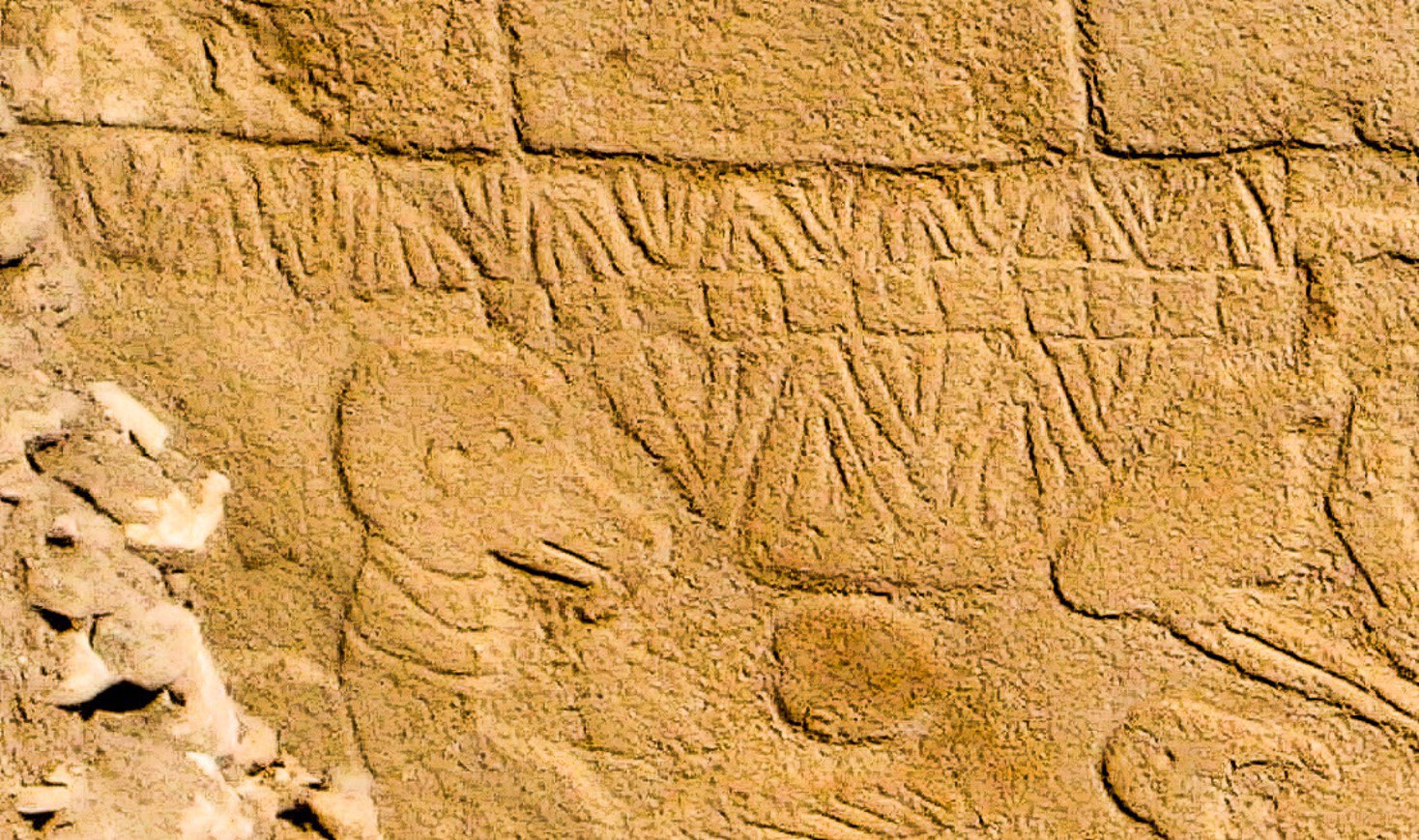Carvings at Göbekli Tepe are thought to represent the world’s oldest calendar. Credit: Dr Martin Sweatman
Research at Turkey’s 12,000-year-old Göbekli Tepe site indicates that carvings on ancient pillars likely represent the world’s oldest solar calendar, potentially created to commemorate a catastrophic comet strike that may have spurred the development of civilization.
Experts suggest that markings on a stone pillar at a 12,000-year-old archaeological site in Turkey likely represent the world’s oldest solar calendar, created to memorialize a devastating comet strike. These markings, found at Göbekli Tepe in southern Turkey—an ancient complex featuring temple-like enclosures adorned with intricate carvings—may document an astronomical event that sparked a significant shift in human civilization, researchers believe.
The research suggests ancient people were able to record their observations of the sun, moon, and constellations in the form of a solar calendar, created to keep track of time and mark the change of seasons. A fresh analysis of V-shaped symbols carved onto pillars at the site has found that each V could represent a single day. This interpretation allowed researchers to count a solar calendar of 365 days on one of the pillars, consisting of 12 lunar months plus 11 extra days.
Significance of Solar and Lunisolar Calendars
The summer solstice appears as a separate, special day, represented by a V worn around the neck of a bird-like beast thought to represent the summer solstice constellation at the time. Other statues nearby, possibly representing deities, have been found with similar V-markings at their necks.
Since both the moon’s and the sun’s cycles are depicted, the carvings could represent the world’s earliest so-called lunisolar calendar, based on the phases of the moon and the position of the sun – pre-dating other known calendars of this type by many millennia.
Ancient people may have created these carvings at Göbekli Tepe to record the date a swarm of comet fragments hit Earth nearly 13,000 years ago – or 10,850 BC – researchers say.
The comet strike is suggested to have ushered in a mini-ice age lasting over 1,200 years, wiping out many DOI: 10.1080/1751696X.2024.2373876





















Discussion about this post